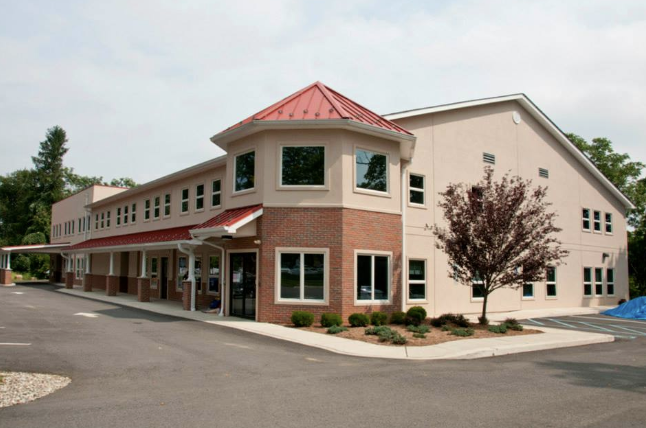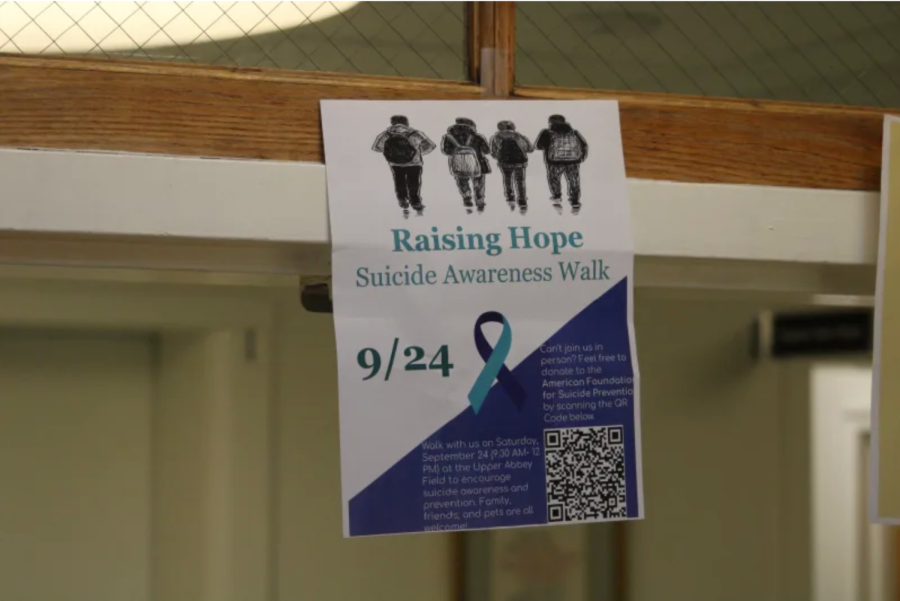Recent Nuclear Fusion Breakthrough Promises New Future For Energy
Is Clean, Safe and Affordable Energy Within Reach?

January 3, 2023
Humanity has tried to find new, clean and safe energy sources to power the modern world for generations. From steam engines to fossil fuels to solar power, people have continued to advance on previous ideas and develop more efficient, environmental-friendly, and cless expensive ways to generate energy.
Recently, scientists at the Lawrence Livermore National Laboratory’s National Ignition Facility were able to make a breakthrough in nuclear fusion, the same process that powers the sun and other stars. They fired 192 lasers into a capsule, causing the two hydrogen isotopes to undergo fusion. Previously, the net energy input exceeded the net energy output. However, on December 5, by thickening the capsule shell, the scientists produced more energy than put in.
Previously, this phenomenon only existed in science fiction. However, with this breakthrough, the number of possible innovations will skyrocket. Because this process utilizes hydrogen atoms, an abundance of energy is created with less input. Fission also creates far less nuclear waste than the current fission nuclear reactors.
Of course, the actual application of this innovation will need further research. First, this process must be conducted on a much larger scale to be truly useful. This endeavor would require engineering and programming to design a system for energy production that is efficient and safe. Furthermore, these tasks require a large budget. About $5 billion have already been invested in the nuclear fusion industry, and it’s estimated that another $1-2 billion, along with a $300 million increase to the $700 million annual government funding, are necessary to build sufficient nuclear fusion testing facilities.
Despite the obstacles and unknown factors, scientists are still confident that nuclear fusion as a reliable power source will be possible within a few decades.




































